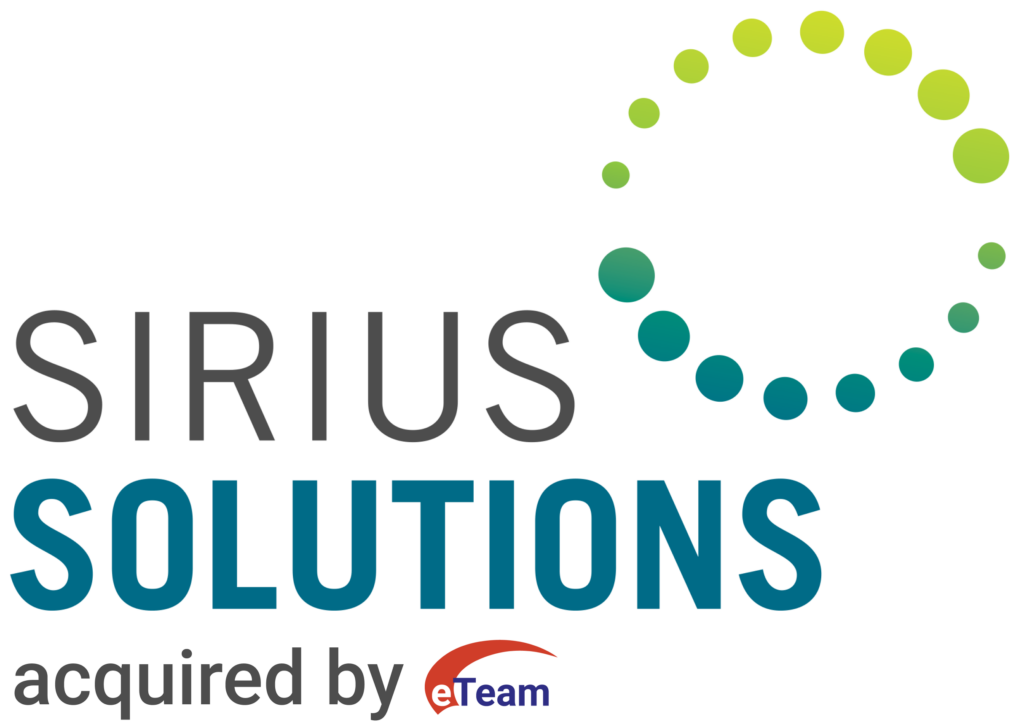Change Management is a Must for Every Technology Integration

Technological advances force organizations to skillfully manage change to remain competitive. Technology integrations demand careful planning and implementation to guarantee smooth transitions and optimize the advantages of the new tools and systems they provide. This article will explore change management principles, the best approaches for integrating technology, new developments in the field, valuable tools, and methods for recovering from unsuccessful technology integration.
The systematic method of moving people, groups, and organizations from one state to another intended state is called change management. Organizations must understand, organize, and carry out changes to reduce resistance and accomplish goals successfully. Change management becomes essential for addressing the human part of the transition in the context of technological integration.
An essential component of change management is communication. Clear and regular communication promotes mutual respect and understanding among the individuals involved. It is essential for leaders to clearly explain the reasons behind technology integration, as well as its advantages and alignment with the overarching organizational plan. Early employee involvement in the process decreases resistance and promotes a sense of responsibility.
Leadership support is another essential component. To successfully navigate an organization through change, leaders are crucial. Their dedication and apparent support create a happy workplace and motivate employees to welcome the improvements. Creating a change management team can guarantee that each aspect of the integration is considered and that any obstacles are dealt with ahead of time.
Employees must participate in training and development programs to be prepared to handle the ever-changing technological environment. Offering opportunities for ongoing learning promotes an innovative and flexible culture. Furthermore, it is essential to build feedback channels that facilitate the expression of concerns, provision of input, and employee participation in the decision-making process.
Process optimization is one of the main goals of technology integration. Organizations should thoroughly examine their current procedures to find inefficiencies and potential areas for development. This simplifies processes and lays the groundwork for an effective adoption of new technology.
During the planning stage, coordination and participation of stakeholders from different departments are essential. Diverse viewpoints from cross-functional teams can help ensure that the technological integration meets the requirements of various business units. Engaging end users from the outset of the process facilitates the recognition of possible obstacles and guarantees that the final outcome satisfies their needs.
Consider pilot testing before full-scale implementation. This minimizes the impact on operations by enabling organizations to identify and fix problems on a smaller scale. The pilot phase’s feedback guides changes and enhancements, raising the possibility of a successful integration.
Compatibility with current systems must be guaranteed for a change to go smoothly. Integration of technology should improve current workflows rather than cause disruptions. Planning for integration and assessing compatibility is essential to finding potential conflicts and guaranteeing smooth communication between new and old technologies.
It’s critical to stay up-to-date on the latest trends and use cutting-edge tools in the quickly changing world of technology integration. For example, generative AI is increasingly used to improve decision-making and automate challenging activities. With AI-driven solutions, large-scale data analysis, pattern recognition, and insight generation are all possible, which can help guide strategic choices made during technology integration.
Another development that is still influencing technology integration techniques is cloud computing. Scalability, cost-effectiveness, and adaptability are features of cloud-based solutions that let organizations adjust to their evolving needs. Moving to cloud-based infrastructure also makes it easier to collaborate remotely, which is very important in today’s dispersed workforces.
Project management software and collaboration platforms are critical in helping team members coordinate their work, particularly in large-scale technology integration projects. These tools improve total project visibility and control by facilitating real-time communication, document sharing, and task tracking.
Even with careful planning, technological integrations might still encounter problems and produce unsuccessful results. Recovery depends on identifying these obstacles and taking quick action to overcome them.
Post-implementation evaluations assist in determining the underlying causes of problems and areas in need of development. End users and stakeholders should provide feedback so organizations can learn about their experiences and viewpoints. This data is helpful for process improvement and necessary changes.
It’s critical to reevaluate the original objectives and goals of technological integration. Organizations may need to reevaluate their methods and consider alternate techniques if the project does not yield the desired results. This could include reevaluating the technology selection procedure, changing the objectives, and modifying the schedule.
During the rehabilitation period, communication must be clear and straightforward. Leaders must convey updated plans, freely admit problems, and reassure stakeholders that corrective action is being taken. Regaining support for upcoming projects depends on preserving confidence and trust.
At Sirius Solution, we aim to empower your organization with tailored solutions that drive efficiency, profitability, and lasting value. As former industry senior executives and expert professionals, we bring a performance-focused approach to addressing your unique business challenges. Our understanding of your industry’s intricacies, nature, and timing allows us to provide solutions that go beyond the generic, ensuring a precise fit for your specific needs.
We take pride in our ability to customize teams to match your exact situation. By doing so, we ensure that every required skill set is not just met but exceeded. This tailored approach guarantees that the outcomes we deliver align seamlessly with your goals, creating the economic impact you desire.
Planning change management strategies for technology integration is a complex process that requires strategic vision, clear communication, and ongoing adaptability. Organizations can effectively navigate the complicated nature of change by knowing the foundations of change management, adopting best practices for technology integration, keeping up with new tools and trends, and being ready to bounce back from failures.
